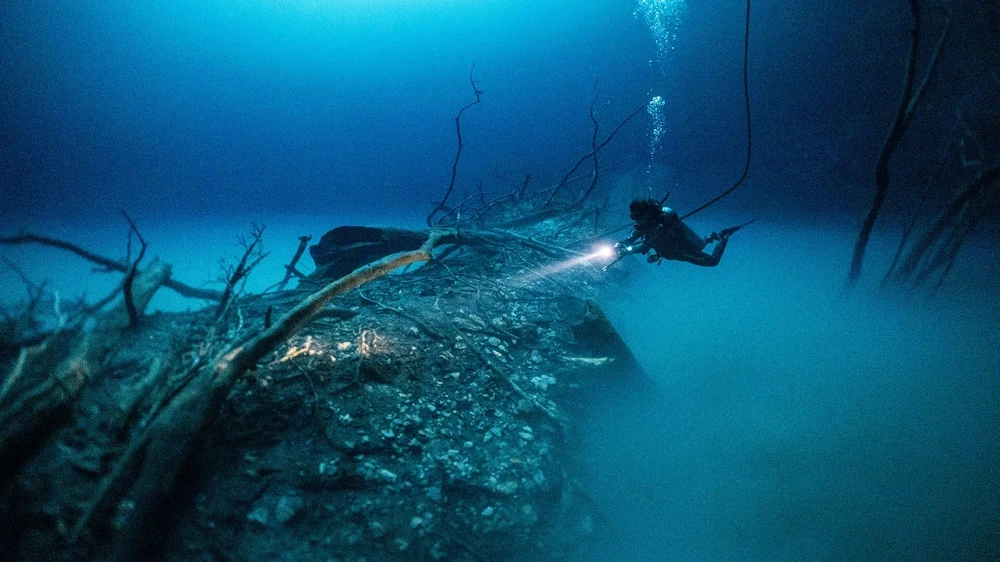Currently, all 5 submarine fiber optic cables that network operators in Vietnam use and exploit to provide services to users are operating normally.

On December 5, a representative of an Internet service provider (ISP) in Vietnam said that the international partner had fixed the problem that occurred on September 27 on the Asia Africa Europe 1 (AAE-1) international submarine cable on the afternoon of November 22 and that the cable is now operating stably again.
As one of the five submarine optical cable lines that account for the majority of Internet connection capacity from Vietnam to international destinations, AAE-1 plays a role in improving the quality of connections to Europe and the Middle East as well as providing additional capacity and backup to connections to Hong Kong (China) and Singapore.
The incident that occurred on the morning of September 27 caused a loss of capacity on the cable connecting to Singapore of the AAE-1 line.
The representative also said that on November 6, the international partner also completed the repair and troubleshooting work on the cable branch near the Vung Tau landing station (Vietnam) of the Asia America Gateway (AAG) international submarine cable line.
The AAG submarine cable line was put into operation in November 2009. With a total length of more than 20,000 km, this cable line directly connects Southeast Asia with the United States.
AAG passes through Malaysia, Singapore, Thailand, Vietnam (the cable branch into Vietnam is 314km long, landing point in Ba Ria - Vung Tau), Brunei, Hong Kong (China), Philippines and the US.
Thus, at present, all 5 submarine optical cable lines that network operators in Vietnam use and exploit to provide services to users, including AAG, APG, AAE-1, SMW3 and IA (also known as Lien A) are maintaining normal operation.
Previously, in late 2022 and early 2023, all five submarine optical cables mentioned above encountered problems. This rare situation has caused great difficulties for telecommunications enterprises in Vietnam in ensuring the quality of international Internet services for customers. The Ministry of Information and Communications has directed telecommunications enterprises to resolve this difficulty in the second quarter of 2023.
According to experts' estimates, the total capacity of Vietnam's international Internet through these 5 cable lines is about 18 Tbps, with a usage efficiency of about 65%.
When one line has a problem, the utilization rate is up to 90%, and the service quality is not affected. However, when two submarine cable lines have a problem at the same time, the utilization rate of the submarine cable lines is over 100%, and the service quality is affected.
To overcome this, many solutions have been implemented, specifically telecommunications businesses that own international capacity have organized capacity swap contracts.
When losing all capacity on two lines at the same time, network operators also supplemented and provided maximum capacity on land cables and remaining cable lines to meet international Internet connection needs.
Speaking at the recent Vietnam Internet Day 2023 event, Deputy Minister of Information and Communications Pham Duc Long emphasized that Vietnam's Internet has developed strongly and is bringing many opportunities for the country's economic development.
However, Mr. Long also assessed that Vietnam's general Internet infrastructure is still limited compared to the scale of Internet users and population. One proof of this is that Vietnamese telecommunications enterprises are only exploiting and using 5 submarine fiber optic cables.
Deputy Minister Pham Duc Long also said that the Ministry of Information and Communications is developing and will soon issue a Strategy/Plan for the development of Vietnam's international optical cable, with the goal of ensuring that Vietnam's digital infrastructure develops safely and sustainably.
Previously, at the end of September 2023, a representative of the Department of Telecommunications (Ministry of Information and Communications) said that it is expected that by the end of 2026, the submarine cable system connecting the Internet from Vietnam to international countries will be put into use with 3 additional routes ADC, SJC2, ALC with the participation of domestic telecommunications enterprises.
The goal by 2030 is to have at least 6 more submarine cable lines invested in by Vietnamese telecommunications enterprises, of which about 3 lines will be led by Vietnamese telecommunications enterprises.
According to Vietnam+